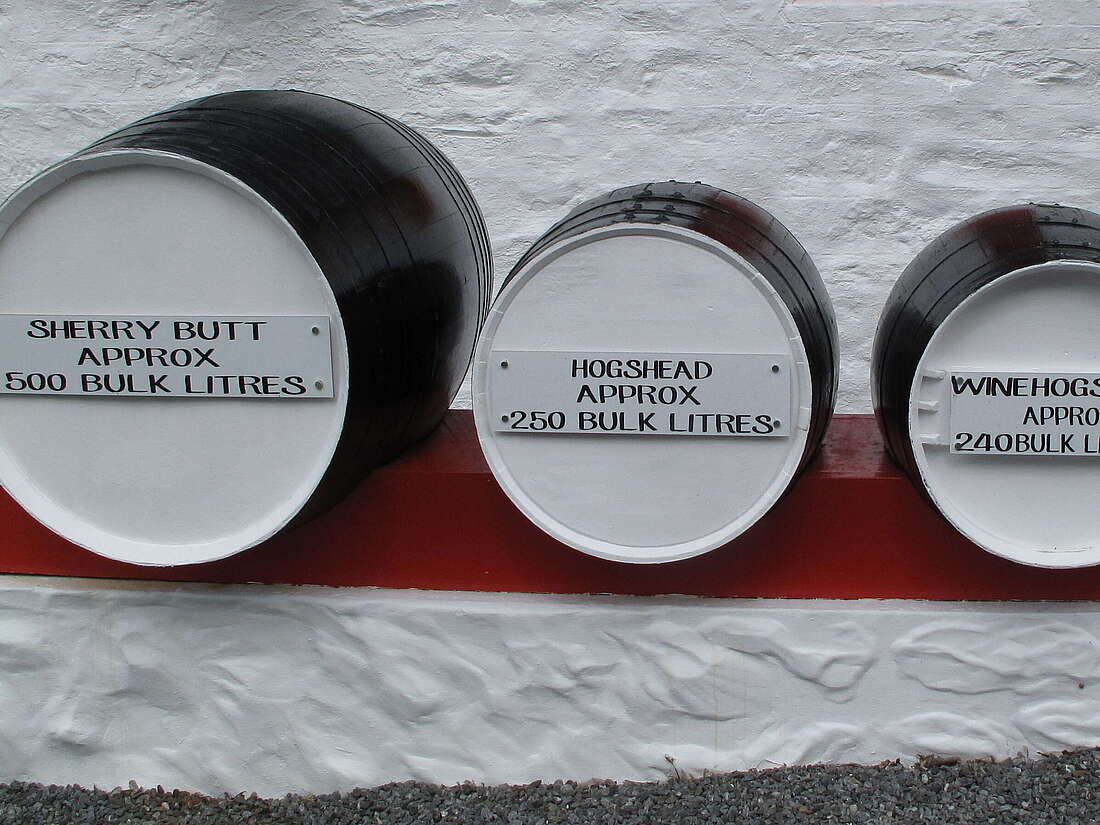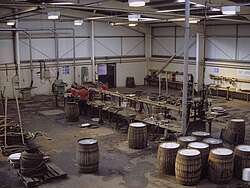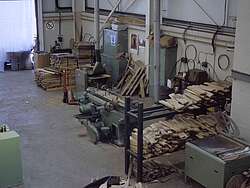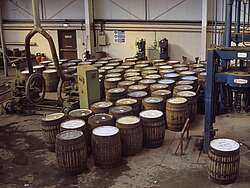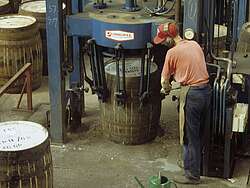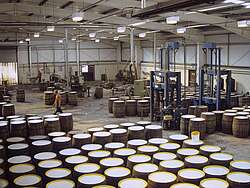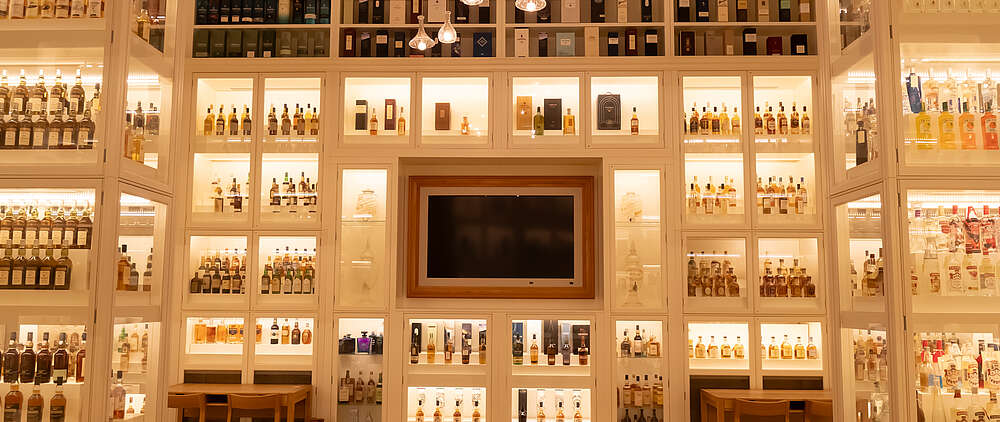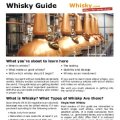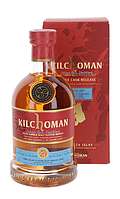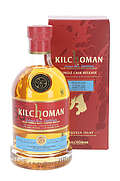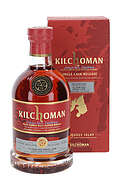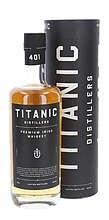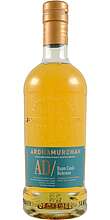Scotch single malt whisky gets its unique taste from a variety of production and maturation factors. The following list shows the four most important factors that influence the taste of the whisky.
New Make (raw whisky) is colourless and clear. Its flavour also has little in common with what we know as whisky. After distillation, the final maturation process begins, which takes the most time compared to production. In the UK and the rest of Europe, the legal minimum maturation period is three years. But these three years are of course only the beginning for a single malt whisky. The top products of the malt distilleries only reach their peak after 15 to 25 years. During the slow maturation over many years, the spicy flavours of the young whisky become milder, but at the same time more complex.
Size of the casks
The barrels used in the UK and the USA are made from oak. Softwood barrels are unsuitable for ageing as the wood contains resin that prevents the barrel from breathing. The barrels must have a maximum capacity of 700 litres, otherwise the maturation would be too weak. There are three basic types of cask:
- The first is the sherry cask, the port cask or the puncheon. All three have a capacity of 500-700 litres and were originally used for maturing fortified wines. The 700-litre port pipe is the largest, the 500-litre puncheon the smallest of the three. While the port pipe is long and slender, the puncheon is shorter and more voluminous than the sherry butt. All three are made from both European and American oak. The cask sizes are not fixed, but rather approximate.
- The second type of cask is the bourbon cask. Bourbon is matured in charred American oak barrels (American Standard Barrel - ASB). They hold around 55 American gallons or 200-210 litres (1 gal = 3.78l). Read about the production of bourbon barrels here.
- The third type of barrel is the hogshead. There are two subtypes: The sherry hogshead, which is made from old sherry casks, and the ASB-turned-hogshead. The latter is assembled from an ASB cask to which further staves and new tyres are added to increase the capacity to 250 litres. Three hogsheads can be produced from four ASBs.
Effect on the spirit
During maturation, chemical reactions take place between the alcohol, the flavourings and the wood. These reactions increase the proportion of esters and aldehydes in the whisky. In addition to the sherry or bourbon residues in the cask wall, the alcohol also extracts tannins, vanillin and caramel from the wood. Contact between the whisky and the wood of the cask wall is therefore essential. Due to its larger volume (250 litres), the cask wall of a hogshead only has 75% contact with the whisky compared to a smaller cask (158 litres). In the case of a sherry cask (500 litres), this is only 50% of the surface area. Distilleries with a high output generally use smaller casks, as the whisky matures more quickly in these types of cask.
Rejuvenation of the barrels
After a barrel has been used for ageing several times, its ageing capacity decreases as the wood is exhausted. However, these barrels can be rejuvenated to a limited extent by removing the old inner charcoal layer and charring the inside again. This process releases the vanillin and caramel flavours of the wood. In the past, a sweet, boiled liquid made from grapes (paxarette) was pressed into the barrel walls at high pressure to give the barrel a sherry flavour again. However, this method has fallen into disrepute and has not been used for some time.
Converted to the price of whisky matured in a bourbon cask, the cask costs 5 cents per 0.7 litre bottle of 10-year-old single malt whisky (if the cask has been used three times).

